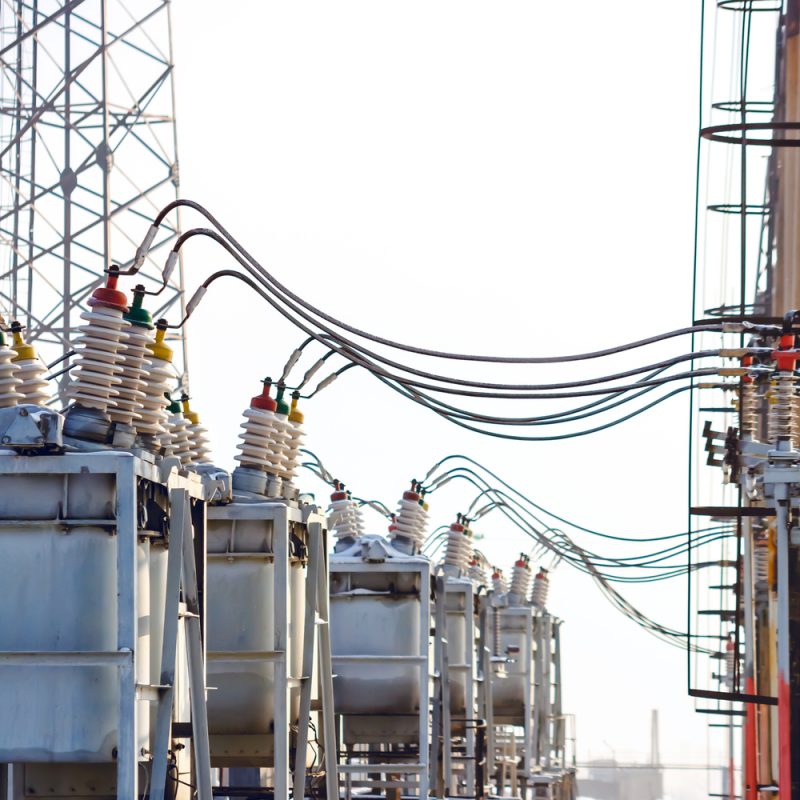ITC Holdings Corp. urges restoration need for nation’s aging power grid

While calling attention to the enhancements of daily life brought by new technological developments, Michigan’s ITC Holdings Corp. released a statement this week noting that such advancements are jeopardized by an aging power grid.
“We need updated and expanded energy infrastructure to support energy-intensive technologies, transport renewable energy from remote locations, and serve the related needs of customers,” Jon Jipping, COO of ITC Holdings Corp., said. “The quality of any state’s electric grid has a profound effect on its business climate, ability to attract new jobs and support leading universities.”
ITC is the country’s largest independent electricity transmission company. Their assessment of the modern situation pointed out that most of the existing system was built decades ago, with no ability or knowledge of the current developments it would need to support. Yet the ITC statement was not simply meant to raise alarm bells, it was to lay out a necessary path forward.
To meet energy needs, ITC reported three separate areas in which the country needs to work. For starters, the company pointed to the addition of new transmission lines and substations, or the reconstruction of old power infrastructure. They have already done so, for example, in efforts to help Michigan State University prepare for its new Facility for Rare Isotope Beams (FRIB), scheduled for completion in 2022. In that case, they built the university an entirely new transmission substation. Grid modernization, ITC said, is key to support such endeavors.
They also noted the need to better tap renewable energy resources–something for which more energy lines will be required, as those are often tapped in remote or rural areas. Likewise, the modern system needs to be better able to balance those resources against more traditional methods, for when those variable resources aren’t playing along with methods to collect them.
For any progress at all to be made, however, ITC said that collaboration–at all levels–will be necessary.
“Let’s change our mindset about how we plan the grid and move forward with a greater sense of urgency,” Jipping said. “Together with federal and state regulators, fellow utilities and other industry stakeholders, we need to bring forth constructive ways to streamline grid planning and investment to ensure a resilient grid, facilitate economic development and deliver value to customers.”
ITC itself has already spent $6.5 billion since 2003 in efforts to update power infrastructure across seven states.
